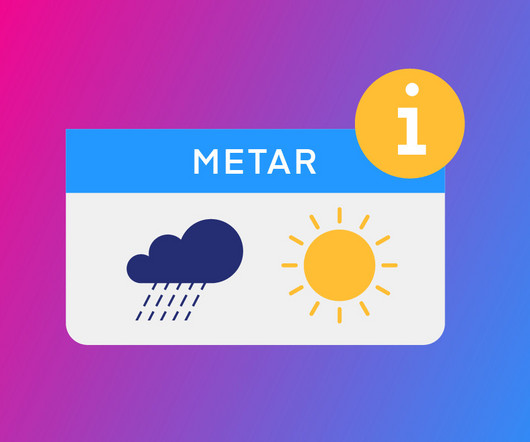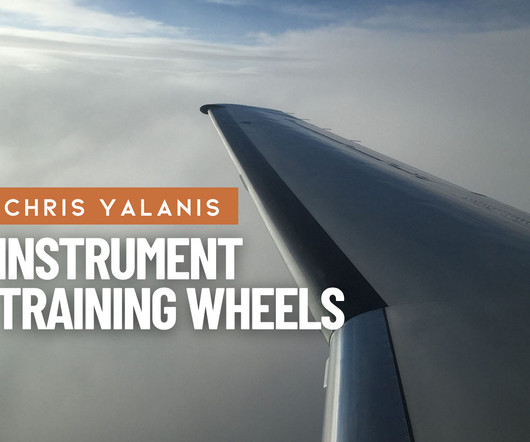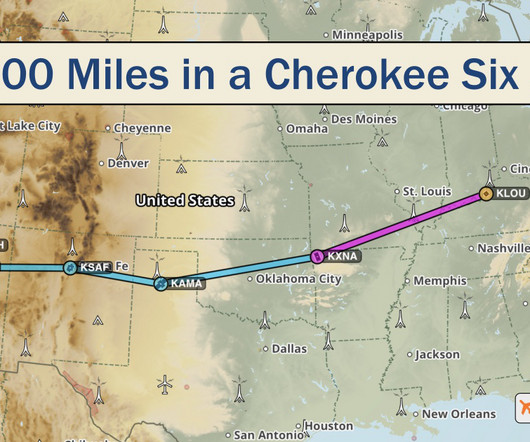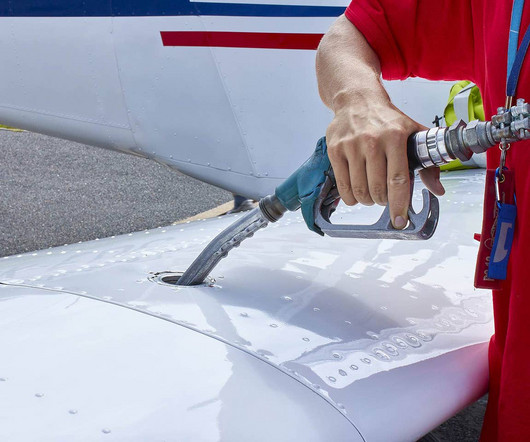How to Read a METAR – Our Full Guide to Aviation Weather Reports
Pilot Institute
MARCH 19, 2025
So, you will want to know what the air and prevailing weather conditions are doing. You will want detailed and accurate weather information. Key Takeaways A METAR is a standardized aviation weather report for a specific airport. Pilots use METARs for flight safety, runway selection, and weather planning. What Is a METAR?















Let's personalize your content